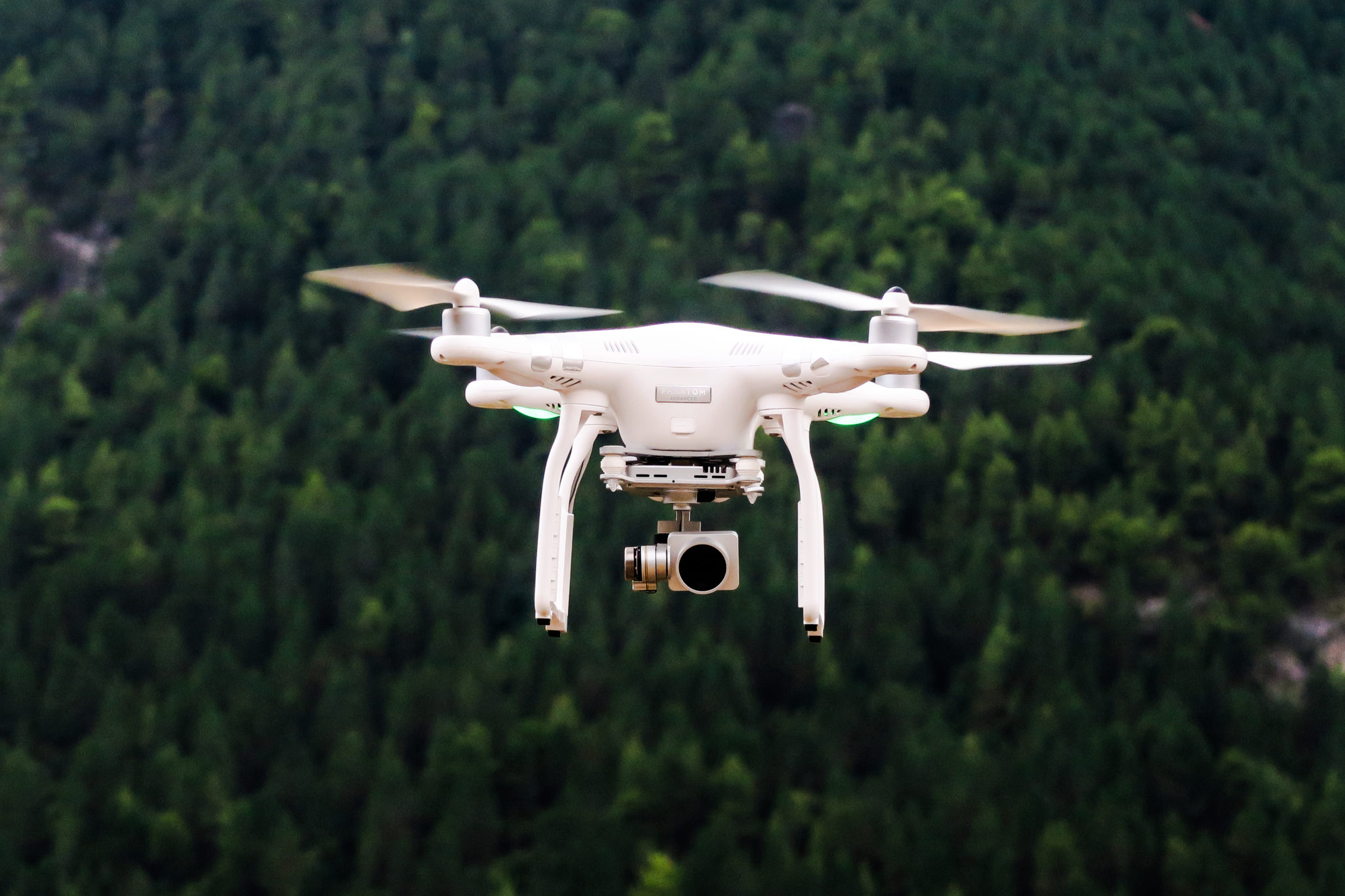
 The controversy in the U.S. surrounding the use of drones has been growing over the past several years, and agencies continue to grapple with how to regulate their use. News reports about hovering crafts dropping drugs and other contraband into prison yards and discussions about the legality of war zone airstrikes have sparked debate over when, where, and how exactly drones should be used.
The controversy in the U.S. surrounding the use of drones has been growing over the past several years, and agencies continue to grapple with how to regulate their use. News reports about hovering crafts dropping drugs and other contraband into prison yards and discussions about the legality of war zone airstrikes have sparked debate over when, where, and how exactly drones should be used.
You’ll find arguments for and against the use of unmanned aerial vehicles (UAVs) in industries across the map, and fire protection is no exception. UAVs have been making their way into the fire protection industry, and while some are pushing for rules and regulations that will allow for regular use, others are less convinced and worry that the new technology is more helpful than harmful.
In February of this year, fire officials in Cordelle, Georgia were called to a fire at the GFA Peanut Company, which, according to The Register-Herald, destroyed an estimated $750,000 worth of peanuts. The paper reported that, because the structure’s roof had collapsed from the blaze, responders couldn’t climb to the top and reach the flames with their water hoses. But when a volunteer firefighter supplied his UAV, the remote-controlled aircraft hovered over the fire, snapping bird’s-eye-view photos of the fire that allowed Georgia State Police to drop water bags from a helicopter above the building.
The National Fire Protection Association (NFPA) Journal reported a similar story this summer, about a 2014 fire in a granite quarry in Branford, Connecticut that was “dangerously close to the dynamite being used to mine the rock,” making responders concerned about the safety of sending a crew in to battle the blaze. According to the NFPA Journal, a volunteer flew his hobby drone over the site for a closer look—turns out the flame was a safe distance from the explosives, and firefighters were able to safely enter.
Despite success stories like these, though, there are still a lot of questions surrounding the legalities of drone use, and the NFPA has “not yet received formal request to develop an unmanned systems standard.” The NFPA Journal reported that the National Institute of Standards and Technology (NIST), however, is working on coming up with standard test methods to ensure that first responders are getting what’s marketed to them, and universities across the country are working on research projects and holding drone workshops.
The NFPA’s research affiliate Fire Protection Research Foundation (FPRF) recently applied for a federal grant to hold at least two more brainstorming sessions, and it joined forces with NIST to release the “Research Roadmap for Smart Firefighting,” a summary report that discusses incorporating up-and-coming technologies into emergency first responders’ work.
While there’s a lot of excitement around the use of drones in fire protection, there’s also some skepticism. A July story by NPR reported that firefighting operations in the west had to be shut down on at least five different occasions because drones flying above the raging wildfires put helicopters at risk of collision—which resulted in the blaze growing larger. Flying a helicopter over a wildfire is dangerous enough, NPR reported, without the added challenge of spotting and avoiding drones also hovering in the area.
The solution, NPR reported, is public education. Most of the threat seems to come from drone hobbyists who don’t know or understand the rules, so agencies like the Bureau of Land Management in Nevada are creating online campaigns, urging drone owners that “no drone flight, or picture or video, is worth a life.” A couple California lawmakers have taken a different approach, creating a bill that would allow firefighters to destroy nearby UAVs.
According to the NFPA, in order to legally fly a drone, public safety agencies must first acquire a Certification of Authorization (COA), and even then there’s a long process to go through with the Federal Aviation Administration (FAA). But despite all the red tape, the Austin Fire Department will likely be the first fire department in the country to receive a COA to operate drones. Local and national reports state that the city of Austin has approved a drone study, and the fire department is already in training to use the technology for floods.
What do you think? Will drones become the next big thing in firefighting?
Stay tuned as the issue develops and we continue to learn more.

